- Learning time
- 5 minutes
- First play time
- 30 minutes
Project L
Designed by: Adam Spanel,Jan Soukal,Michal Mikeš
Project L is a very simple tetromino puzzle game that plays in 20-30 minutes. Each player begins with a player aid, two small puzzle pieces and two rows of puzzles are laid out on the table: four of the (simpler0 white-backed puzzles, and four of the (trickier) black-backed. Your goal is to score the most points – how? By completing puzzles: some show a point reward for doing so, but all of them reward with a new puzzle piece to add to your growing supply.
On your turn you get three actions to spend pretty much as you wish. Taking a puzzle, taking a level 1 piece (the little yellow square), upgrading a puzzle piece to the next level (the levels are on your player aid) or placing a piece into one of your puzzles are all single, repeatable actions. The Master action can only be taken once per turn: that’s when you place a piece in all of your under-construction puzzles – you can have up to four at any time. As soon as a puzzle is complete you place it in your completed stack, and get both the new piece for completing it (plus all the pieces you used in the process) into to your supply.
As puzzles are taken from the display by players, they’re instantly replaced from a stack of puzzle tiles. This continues until the black puzzle stack is empty: after the current round, there’ll be one more round, then in the final touches phase everyone, if they’re able, can use their pieces to complete any puzzles still ion front of them, at a cost of a 1point deduction per piece. Everyone counts up the points on their completed puzzles, and the most points wins!
The guru's verdict
-
Take That!
Take That!
None, unless you count a puzzle you wanted being taken by someone else before your turn arrives
-
Fidget Factor!
Fidget Factor!
Low to lowish. The rules are super-simple, but there's a bit of planning involved...
-
Brain Burn!
Brain Burn!
...and the planning is the only part of Project L that suggests, hesitantly, the word 'complexity'. A first play can be populated with 'Well I guess I'll do this' moments. Subsequent visits bring Project L into focus: a light and simple game, sure, but not one devoid of decisions.
-
Again Again!
Again Again!
Although the only real variety in play is the fall of the puzzles, the combination of player input and the gorgeousness of the components do make it rather more-ish.



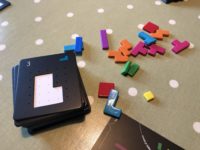
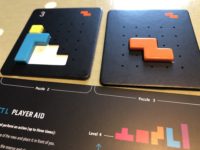


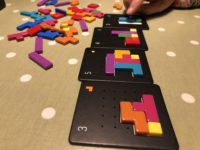
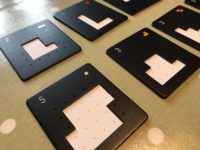


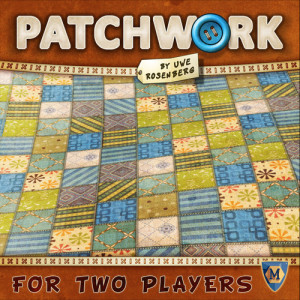

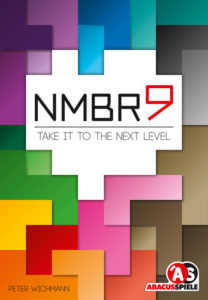
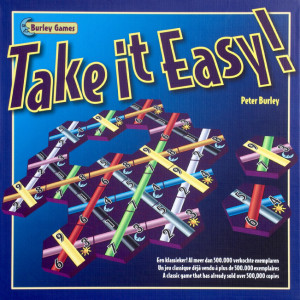
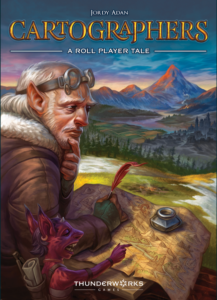
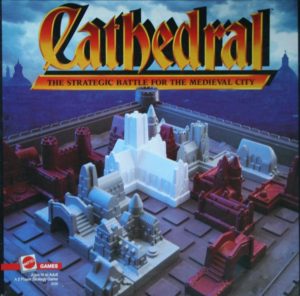
Sam says
A rather delightful game that can engage young and old alike with a combination of simple rules, engaging gameplay and lush looking (and feeling) components, Project L sailed into our affections as increasingly boardgame-resistant children found themselves rhapsodizing over it: the simplicity, the pieces, the unadorned satisfaction of completing a puzzle and having your disparate plans and pieces visually cohering into a whole in front of you. For all it's lightness of touch - and I couldn't honestly say it produces the things I usually look for in a game, such as dynamic interaction, combative elements, surprises, laughter - I can't deny Project L does what it does extremely well indeed, and I have enjoyed multiple plays and look forward to more!